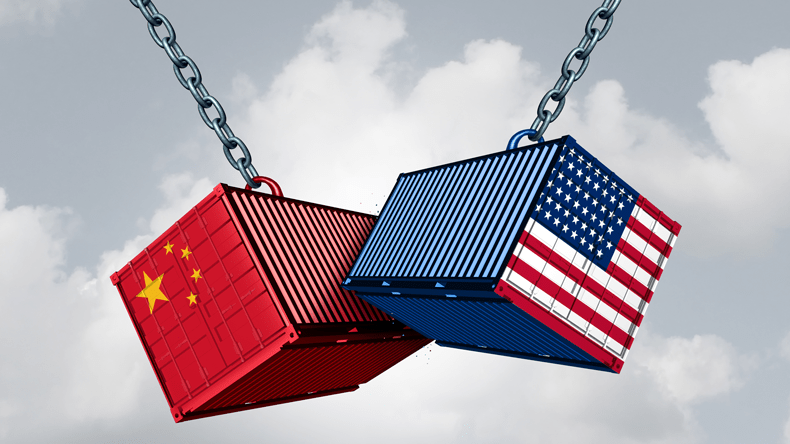Is Your Business Affected by Foreign Currency Risk?
- Ashley Groves
- Sep 23, 2019
- 2 min read
Updated: Mar 27, 2023
The simple answer to this is that almost everyone is. Many CFOs think that because they pay and receive in USD they are absolved from currency fluctuations. The truth is this only means somebody else is managing their currency risk. Whether CFOs like it or not, if any part of their supply chain or client’s supply chain is global, then they are potentially at risk.
Below are some examples of how a firm could be exposed to different types of currency exposure:

French wine has increased je n’ais se quoi. You are a Californian Wine Exporter selling to Canadian clients in USD. USD strengthened against CAD whilst EUR weakened. This means your Canadian clients decided to import their Sauvignon Blanc from France this year, guess what they probably speak better French than you too.

Should your imports be cheaper? So you have a Chinese manufacturer that has been accepting your USD for years. Did you know that the Trade Wars has meant CNY has weakened from a high of 6.24 since Jan 2018 to a low of 7.17 in July 2019. If you were to receive a CNY price with your supplier instead of a USD price you would’ve netted nearly a 13% saving on your COGS. Then again maybe your Chinese manufacturers gave you a big discount this year, said nobody ever.

Is your international sales office as profitable as you thought it was? You are a US-based financial services firm with a brand new UK sales office that crushed its targets in 2018! The only issue is that they were supported solely by your US team and all their sales profits were quoted in USD at 1.43 and you go to bring your slice of the profits over to pay your team and the rate is now 1.24. That swing cost you 13% and your US bonus pool just shrank because of it. It’s fine your employees will forgive you because you send them all to London to live until they realize the weather really is that awful.

Now, this shouldn’t be perceived as a scare tactic, more like a realization. The last and most prohibitive reaction you should have is to bury your head in the sand, unfortunately, it's the most common. The important thing to understand is that there are a number of options available to you to ensure that the effect on your business is minimal or in the best case positive.
Most business owners seem to think that only when you are making tens of millions in profits, will you need to consider your FX risk. It’s just a case of more zero’s. The truth is that whether you are transacting $100,000 or $10,000,000 there really should be no difference in the way you manage your FX risk. The key is to determine what percentage of your profit margin will be affected by a negative currency swing and what that would do to your business. If you feel it’s substantial then we are here to talk.


Comments